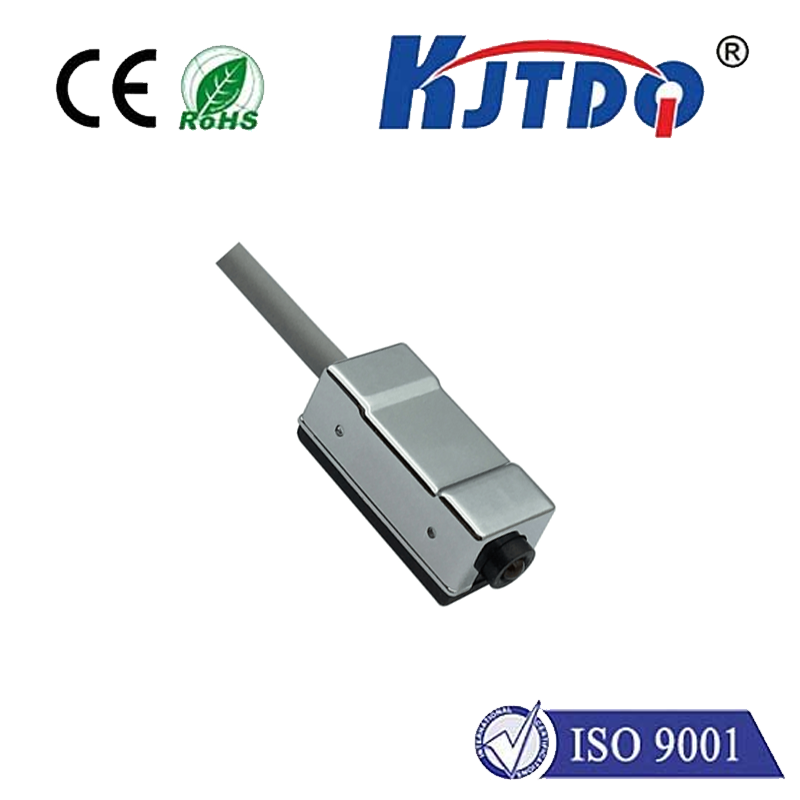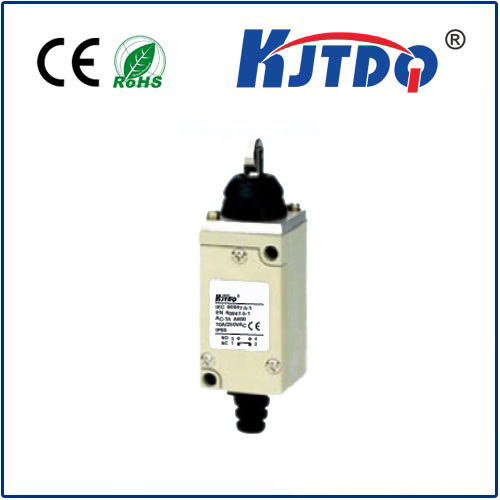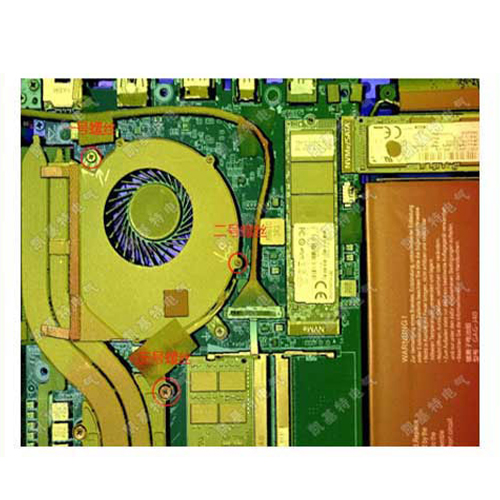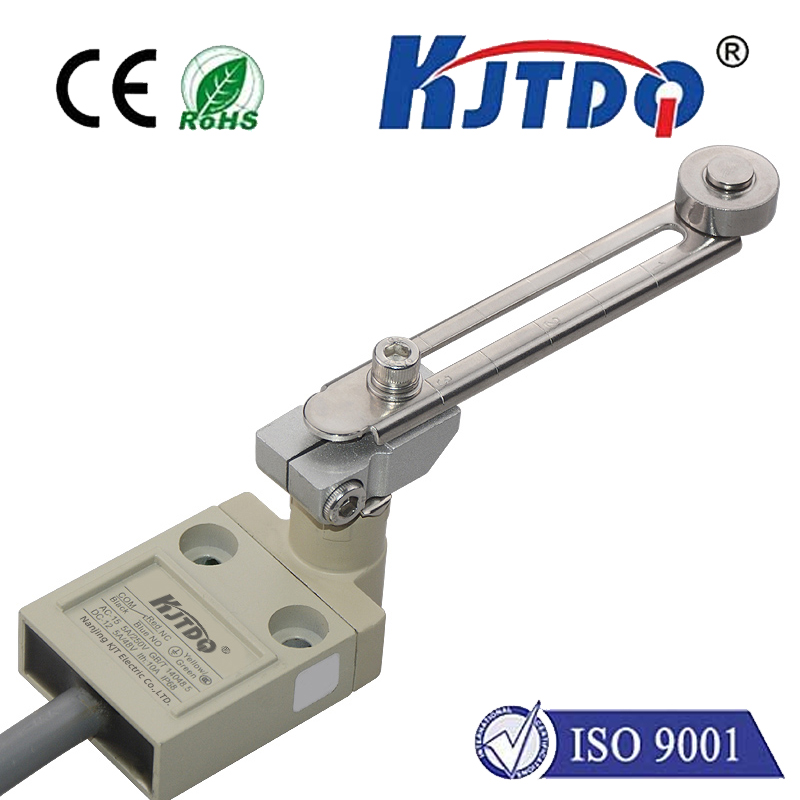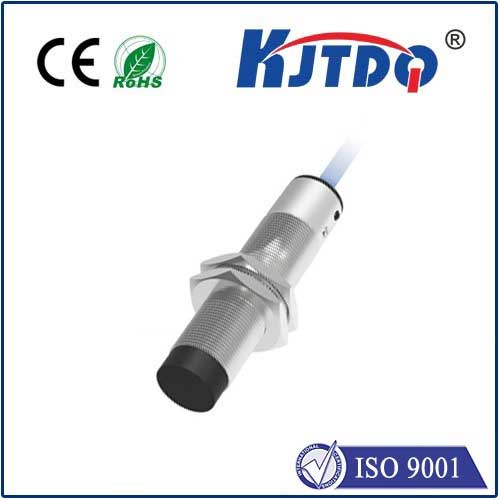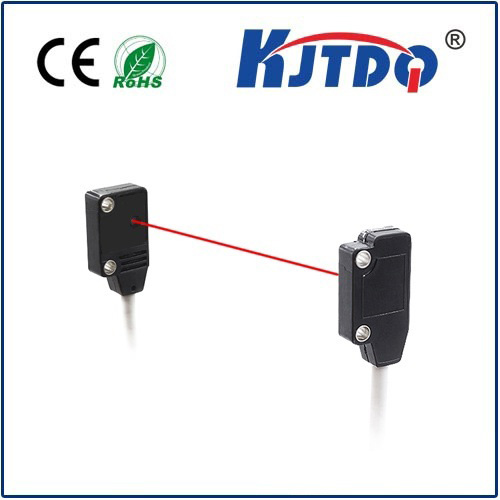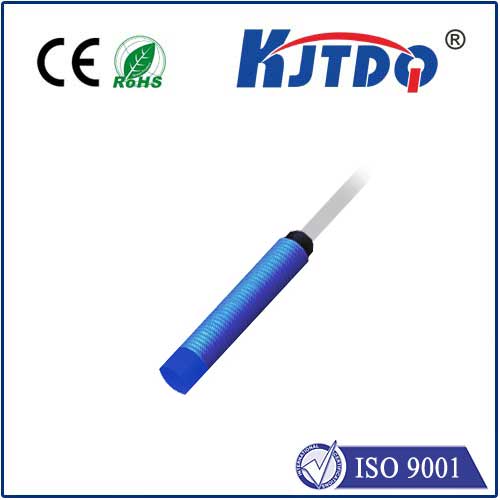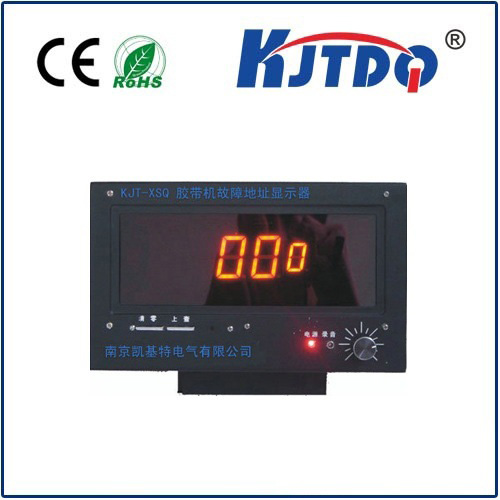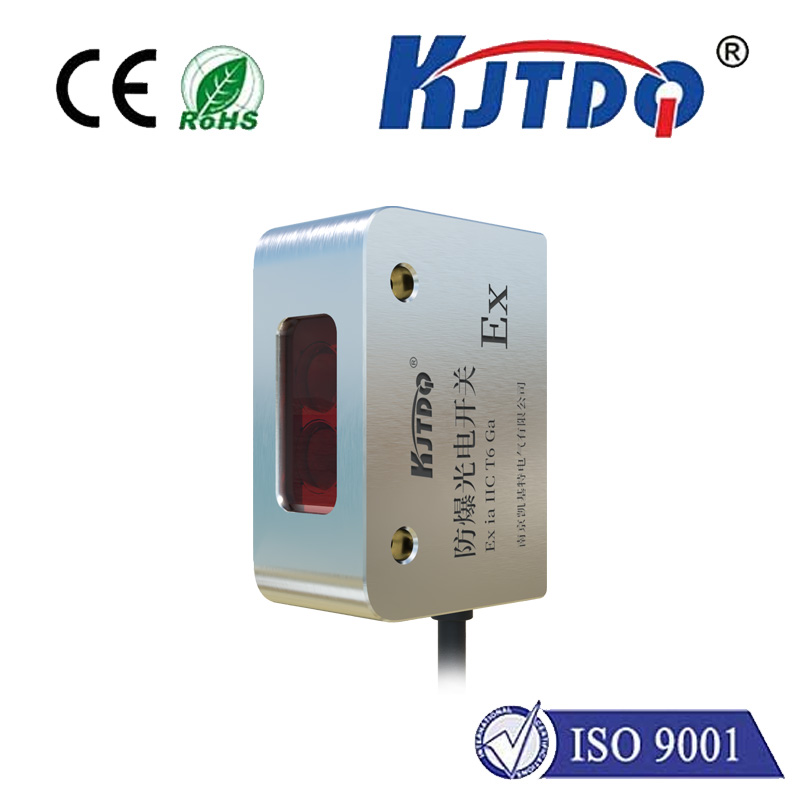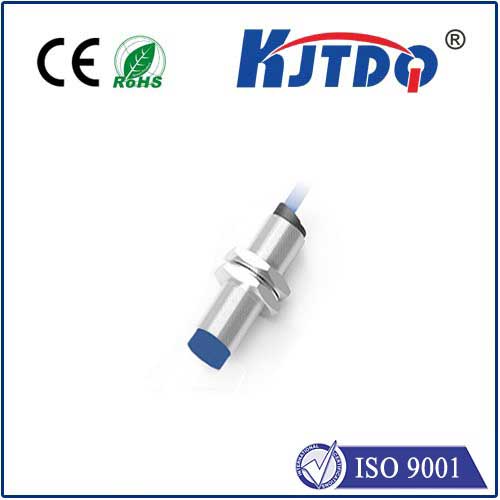hygrometer sensor
- time:2025-08-22 00:32:40
- Click:0
The Unseen Guardian: How Hygrometer Sensors Precisely Monitor Our World’s Moisture
Hygrometer Sensors: Your Key to Precision Moisture Measurement
We live surrounded by an invisible element crucial to our comfort, health, and countless industrial processes: humidity. Whether it’s the stifling mugginess of a summer day, the dry crackle of winter air, or the meticulously controlled atmosphere protecting priceless artworks, understanding and managing moisture levels is fundamental. This is where the unassuming hero, the hygrometer sensor, steps in, acting as our essential tool for translating the invisible into measurable, actionable data. These sophisticated devices are the cornerstone of accurate humidity monitoring across an astonishingly diverse range of applications.
At its core, a hygrometer sensor detects and measures the amount of water vapor present in the air or other gases. This measurement is most commonly expressed as relative humidity (RH) – the percentage indicating how much moisture the air contains relative to the maximum amount it could hold at that specific temperature. But how do these small devices actually sense something as intangible as humidity?
The science behind hygrometer sensors involves several distinct principles, each with unique advantages:

- Capacitive Sensors: Dominating the market for their consistency, affordability, and relatively small size, capacitive hygrometers rely on a polymer film that absorbs or releases water vapor based on ambient humidity. This changes the film’s dielectric constant, directly altering the electrical capacitance of the sensor. These changes are then translated into a precise RH reading. Their stability and resistance to condensation make them ideal for HVAC systems, weather stations, consumer goods, and many industrial settings.
- Resistive Sensors: These sensors utilize materials (often conductive salts or polymer-based elements) whose electrical resistance changes predictably with humidity levels. While generally less accurate and stable over the long term compared to capacitive types, resistive hygrometers are often cost-effective and suitable for basic monitoring tasks where extreme precision isn’t critical.
- Thermal (Psychrometric) Sensors: This traditional method involves measuring temperature changes caused by evaporation. A common implementation uses two thermometers: one with a dry bulb and one with a wet bulb covered by a water-saturated wick. The difference in temperature readings allows calculation of relative humidity. Modern electronic versions automate this principle. These sensors are highly accurate but require airflow and can be more complex, often used in meteorological applications and rigorous calibration labs.
- Gravimetric Sensors: Representing the gold standard for absolute humidity measurement, this method is primarily used in high-precision calibration laboratories. It involves weighing a substance before and after exposure to humid air to determine the exact mass of water vapor absorbed. Due to its complexity and lack of real-time output, it’s not practical for most field applications but sets the benchmark for other sensor types.
- Optical (Chilled Mirror) Hygrometers: Offering exceptionally high accuracy and stability, these sensors measure humidity by detecting the dew point temperature. A mirror is chilled until condensation forms (dew point), and an optical system precisely detects this moment. The mirror temperature at condensation directly correlates to absolute humidity. These are critical in demanding applications like semiconductor manufacturing, pharmaceutical production, and critical drying processes where minute moisture fluctuations are unacceptable.
Why Does Precise Humidity Monitoring Matter So Much?
The applications for hygrometer sensors are vast and touch nearly every aspect of modern life:
- Heating, Ventilation, and Air Conditioning (HVAC): Maintaining optimal relative humidity (typically 40-60% RH) is essential for human comfort, preventing respiratory issues, reducing static electricity, and protecting wooden furniture and musical instruments. Hygrometer sensors feed directly into HVAC controls.
- Industrial Processes: Countless manufacturing processes require strict humidity control. This includes producing pharmaceuticals (controlling powder flow and tablet stability), textiles (preventing static and ensuring fiber strength), food processing (preventing spoilage and maintaining texture), paper production, and electronics manufacturing (preventing condensation and electrostatic discharge). A malfunctioning humidity sensor can lead to costly product rejects.
- Meteorology and Environmental Monitoring: Weather forecasting relies heavily on accurate humidity data from ground stations, weather balloons, and satellites. Understanding atmospheric moisture is key to predicting precipitation, fog, and severe weather events. Environmental scientists monitor humidity in ecosystems to study climate change impacts.
- Agriculture and Greenhouses: Plant growth, transpiration, and disease susceptibility are heavily influenced by humidity. Modern greenhouses utilize hygrometer sensors in automated control systems to maintain ideal conditions for specific crops, maximizing yield and quality.
- Museums, Archives, and Data Centers: Protecting irreplaceable artifacts, documents, and sensitive electronic equipment demands precise humidity control. High humidity fosters mold growth and material degradation, while low humidity increases brittleness and electrostatic damage risk. Hygrometers are vital guardians in these sensitive environments.
- Medical and Health: Incubators for newborns, sterilizers, laboratories, and even respiratory therapy equipment require specific humidity levels. Monitoring ensures patient safety and the efficacy of medical procedures.
- Consumer Electronics: From smart thermostats and air purifiers to weather stations and wearable devices, hygrometer sensors are becoming increasingly common in the gadgets we use daily, providing users with valuable environmental information.
Choosing the Right Hygrometer Sensor: Key Considerations
Selecting the optimal hygrometer sensor isn’t a one-size-fits-all decision. Several critical factors must be evaluated:
- Accuracy and Range: What level of precision is required? Over what humidity range does the sensor need to operate effectively (e.g., near 0% RH, high humidity >80% RH, full 0-100% range)?
- Stability and Long-Term Drift: How much does the sensor’s calibration shift over time? High-stability sensors are crucial for applications where recalibration is difficult or infrequent.
- Response Time: How quickly must the sensor detect humidity changes? Applications like fast-drying processes require rapid response sensors.
- Environmental Conditions: Will the sensor face extreme temperatures, chemical vapors, dust, condensation, or high pressure? The sensor’s materials and construction must be compatible. Condensation resistance is a key feature for many applications.
- Size and Form Factor: Is the sensor needed for integration into a small device, a handheld meter, or a wall-mounted display?
- Output and Connectivity: What type of signal is required (analog voltage/current, digital I2C/SPI, wireless)? Seamless integration with control systems is essential.
- Cost: Balancing performance requirements with budget constraints is always necessary.
Maintaining Trust: The Importance of Calibration
Like any precision instrument, the accuracy of a hygrometer sensor will drift over time due to aging components and environmental exposure. Regular calibration against a known standard is non-negotiable for applications demanding reliable data. This can be done using specialized calibration equipment in-house or by sending sensors to accredited calibration laboratories. Understanding calibration intervals recommended by the manufacturer and based on application severity is vital.
From ensuring our homes and offices feel comfortable to safeguarding multi-million dollar industrial processes and priceless cultural heritage, hygrometer sensors operate silently but indispensably. They transform the invisible variable of humidity into tangible data, empowering us to control our environment with unprecedented precision. As technology advances, we see these sensors becoming smaller, smarter, more energy-efficient, and integrated into the IoT (Internet of Things), further expanding their role as the unseen guardians of our moisture-controlled world. Choosing the right sensor and maintaining it properly ensures this guardian remains vigilant and reliable.






